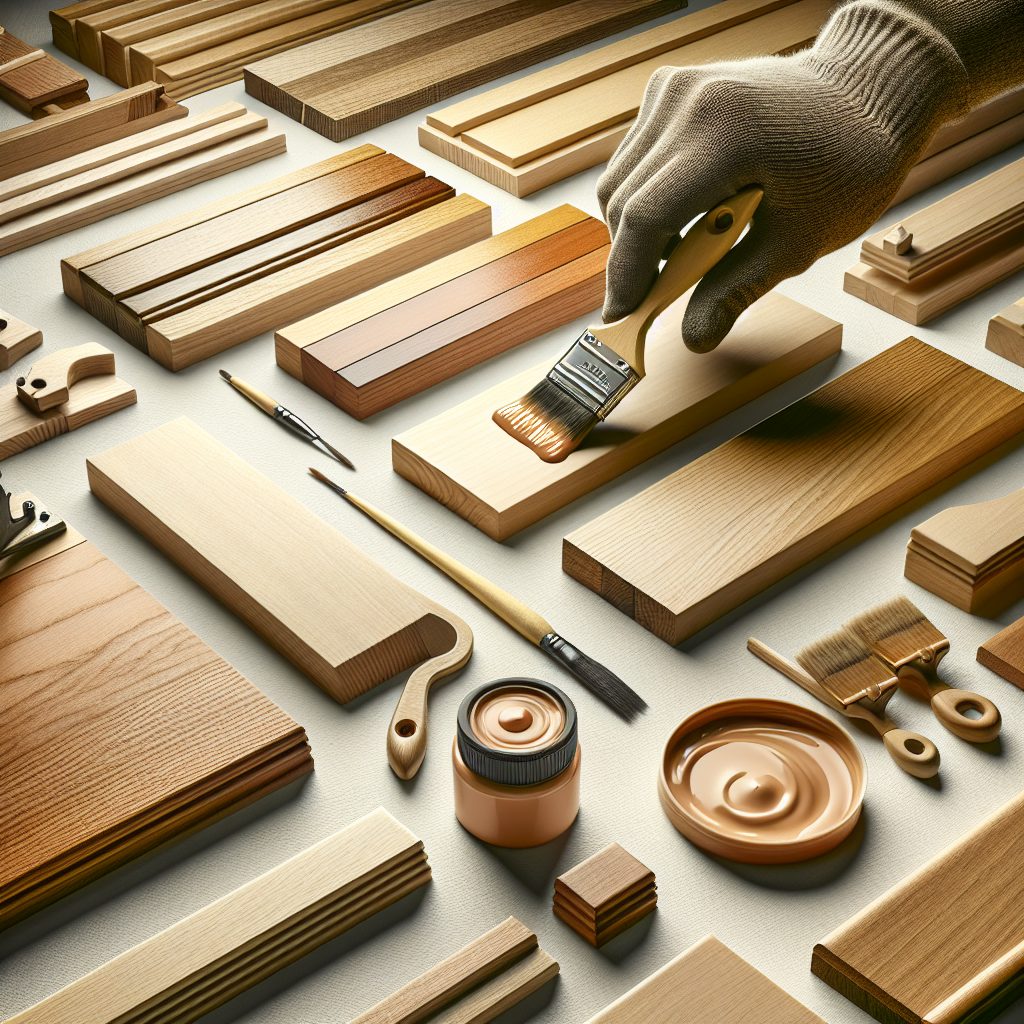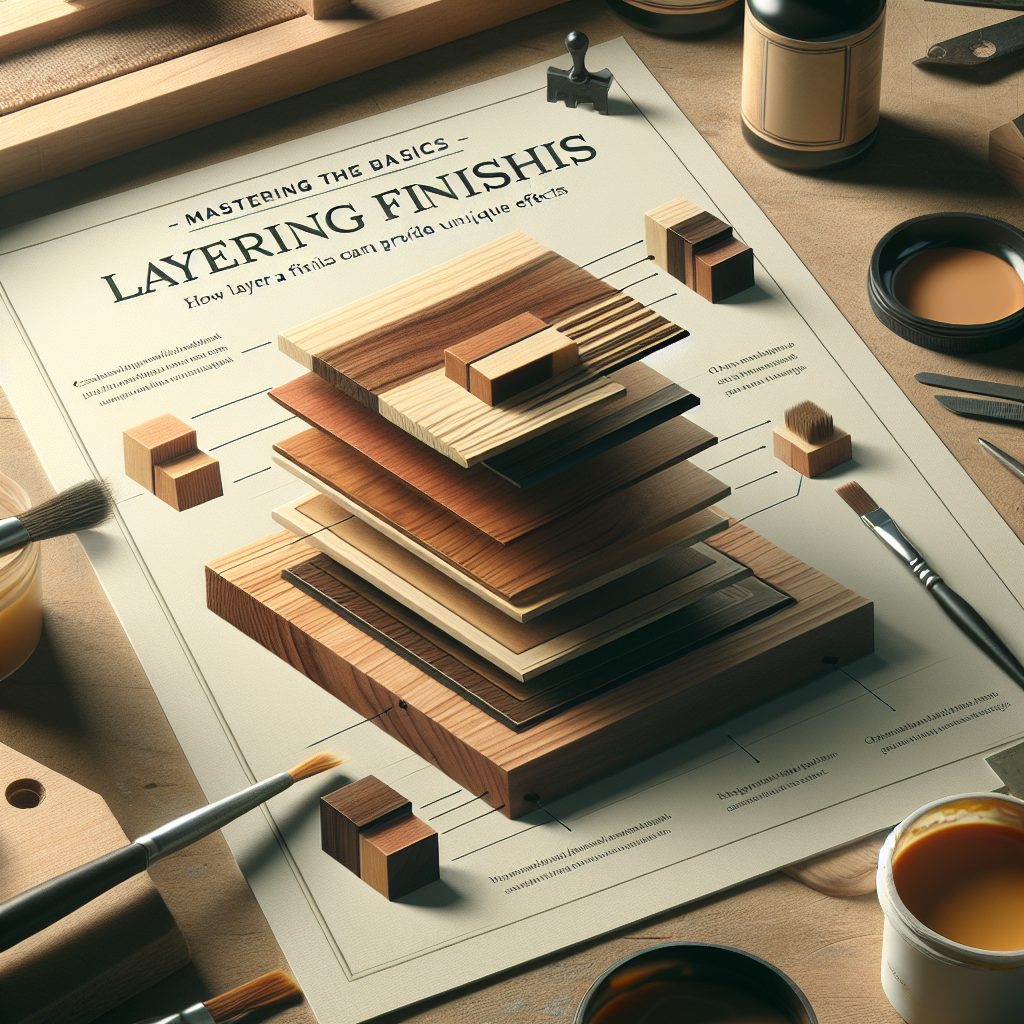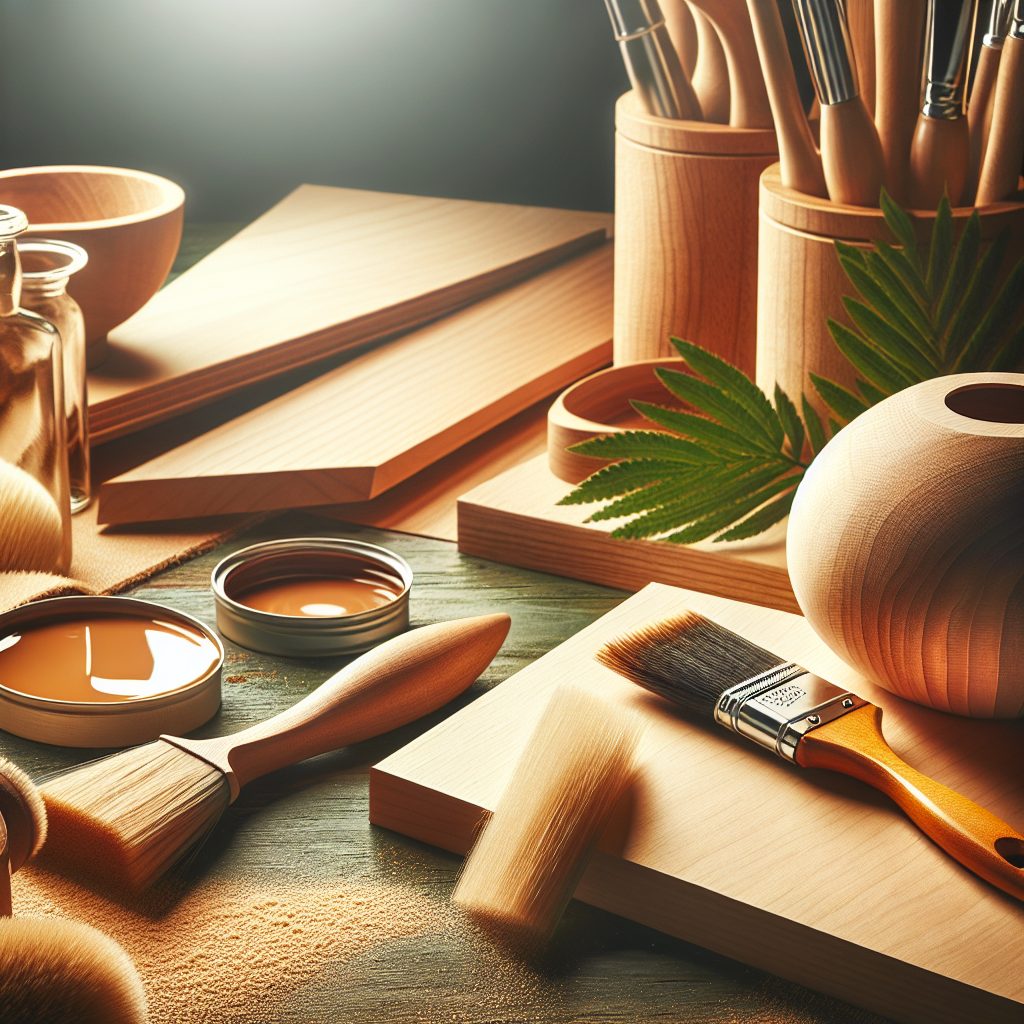Wood finishing is a crucial aspect of woodworking that not only enhances the aesthetic appeal of a project but also protects the wood from damage. Understanding the various techniques involved in finishing can elevate your woodworking skills and ensure that your projects stand out. Whether you are a novice or an experienced woodworker, mastering the basics of wood finishing can lead to impressive results.
Understanding Different Types of Wood Finishes
There are several types of wood finishes available, each offering unique benefits and characteristics. Oil-based finishes, for instance, penetrate the wood fibers and provide a natural look while enhancing the grain. These finishes are durable and suitable for both indoor and outdoor projects. Water-based finishes, on the other hand, dry quickly and are easy to clean up, making them ideal for beginners. They tend to have a lower odor and are less toxic compared to their oil-based counterparts.
Another popular option is lacquer, known for its high-gloss finish and fast drying time. It creates a hard protective layer that resists scratches and moisture, making it a favorite among furniture makers. However, applying lacquer requires careful technique to avoid runs and drips. Understanding the characteristics of each finish is essential for choosing the right one for your specific project needs.
Preparation and Application Techniques
Proper preparation is key to achieving a flawless finish on any woodworking project. This involves sanding the wood surface to create a smooth base for the finish. Start with coarse sandpaper to remove any imperfections, then gradually move to finer grits for a polished look. After sanding, it’s important to clean the surface to remove dust and debris, which can interfere with the adhesion of the finish.
When it comes to applying the finish, techniques can vary based on the type of finish chosen. For oil-based finishes, using a brush or a clean cloth to apply the product in the direction of the wood grain is recommended. This ensures even coverage and minimizes streaks. For those interested in refining their skills, exploring finishing techniques can provide valuable insights into achieving professional results.

After applying the finish, allow it to dry thoroughly before applying additional coats. This can enhance the depth of the finish and improve durability. Always follow the manufacturer’s recommendations regarding drying times and application methods for the best results. Understanding the nuances of each technique will help you achieve a beautiful and lasting finish.
Understanding wood finishing techniques is essential for anyone looking to enhance the beauty and longevity of their woodworking projects. Whether you’re a seasoned carpenter or a hobbyist, mastering these techniques can elevate your work to a professional level. This segment will delve into advanced methods and considerations that can help achieve stunning results.
Advanced Wood Finishing Techniques
Once you have a grasp on the basics, exploring advanced wood finishing techniques can open up new avenues for creativity. Techniques such as glazing, distressing, and using layered finishes can create depth and character in your pieces. Glazing involves applying a translucent layer over a base coat, allowing the underlying color to show through. This method is particularly effective in enhancing the grain and adding richness to the wood. Distressing, on the other hand, gives a vintage or rustic look by artificially aging the wood through techniques like sanding, scraping, or using chemicals.
Layering finishes can also provide unique effects. For instance, applying a coat of oil followed by varnish can yield a durable and aesthetically pleasing result. Each layer interacts with the others, resulting in a finish that is both resilient and visually appealing. However, it’s crucial to allow adequate drying time between layers to prevent issues such as bubbling or peeling. Understanding the properties of different finishes will enable you to choose the right combination for your specific project.

Choosing the Right Finish for Your Project
The choice of finish significantly impacts the final appearance and durability of the wood. Factors such as the type of wood, the intended use of the item, and the desired aesthetic should guide your decision. For instance, oil-based finishes penetrate deeply into the wood, enhancing its natural grain and providing a warm glow. Water-based finishes, conversely, dry quickly and are less toxic, making them suitable for indoor projects where ventilation is limited.
Another consideration is the level of sheen you want to achieve. Finishes come in various sheens, from matte to high gloss. A matte finish can provide a more natural look, while a glossy finish can enhance colors and highlight details. When selecting a finish, consider how it will interact with the wood and the environment it will be placed in. For detailed comparisons of different finishes, the wood finish showdown is an excellent resource.
Maintenance and Care of Finished Wood
Proper maintenance of finished wood is crucial to prolonging its life and preserving its beauty. Regular cleaning with a soft, damp cloth can prevent dust and grime buildup. Avoid using harsh chemicals that can damage the finish. Instead, opt for mild soaps and ensure that any cleaning agents are suitable for the specific type of finish used.
In addition to regular cleaning, applying maintenance coats can rejuvenate the finish over time. Depending on the type of finish, this may involve reapplying oil or a fresh coat of varnish. It’s essential to follow the manufacturer’s recommendations regarding maintenance schedules and products to ensure compatibility and effectiveness.
Ultimately, mastering wood finishing techniques requires practice and experimentation. Each project presents unique challenges and opportunities for learning. By continually refining your skills and expanding your knowledge, you can achieve stunning results that showcase the natural beauty of wood while ensuring its durability and longevity.
